A royal success: The King's gardens at Sandringham
In only three years, The King has overseen a remarkable resurrection of the gardens and parkland at Sandringham. Charles Quest-Ritson visits
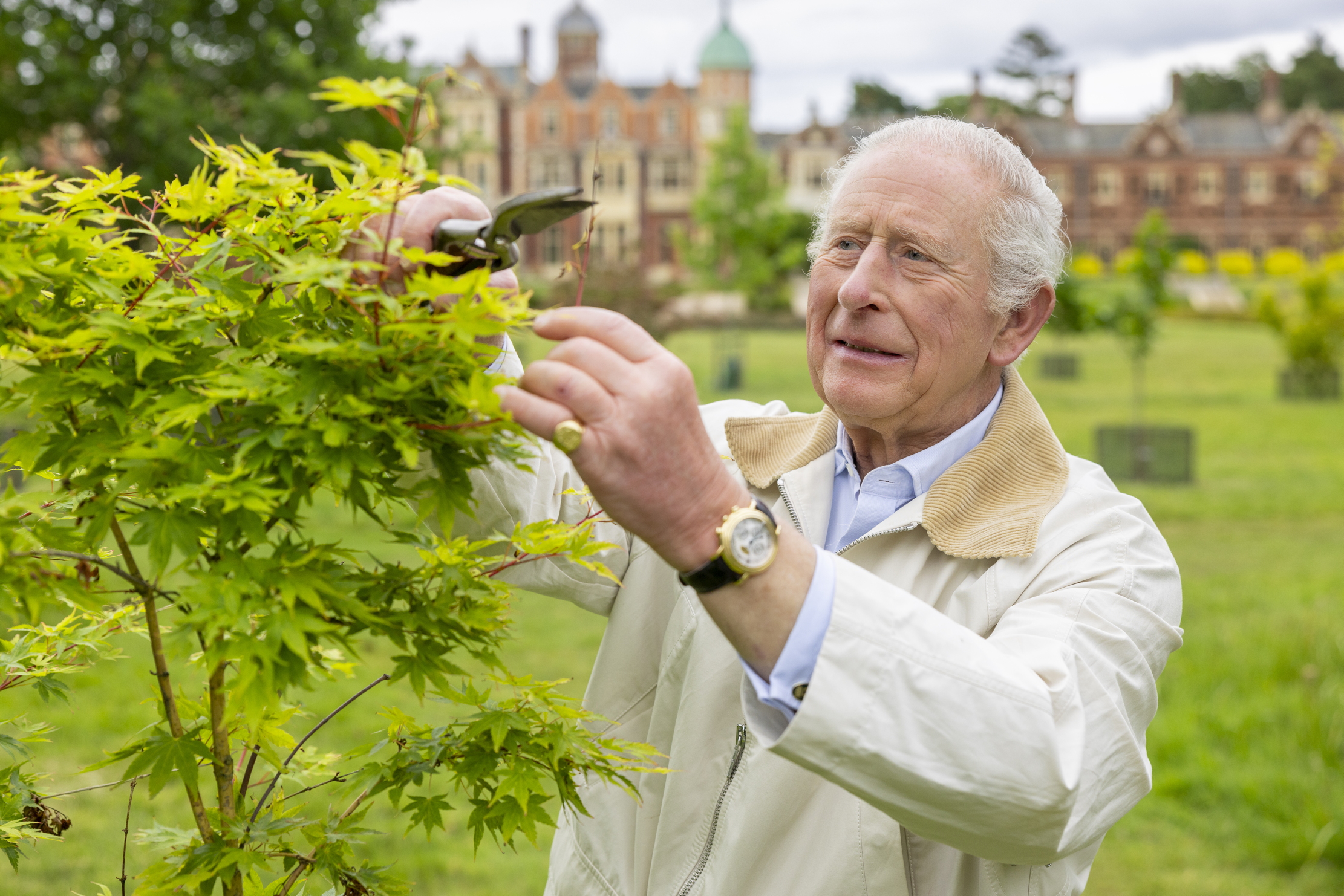
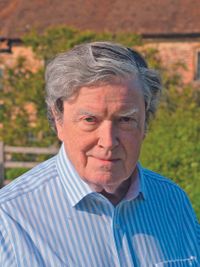
Most gardens have their ups and downs, even royal ones. The gardens at Sandringham in Norfolk reached their peak at the beginning of the 20th century, when Edward VII laid them out on an imperial scale and employed some 100 gardeners. Fifty years later, they hit their nadir, when the walled kitchen gardens and most of the formal gardens around the house were abandoned. Their recent resurrection by The King is little short of miraculous.
The kitchen gardens remain unmanicured, used as grazing for foals from the Royal Stud, but Sandringham’s 60 acres of pleasure gardens, surrounded by woods and parkland, are once again a showcase of the finest designs, expressed through an exceptional palette of plants. All this is the fruit of The King’s determination not only to give the great house a setting appropriate to its architecture and history — in the 1960s, there had even been plans to demolish the whole building — but also to plant a beautiful garden that visitors can enjoy and be inspired by.
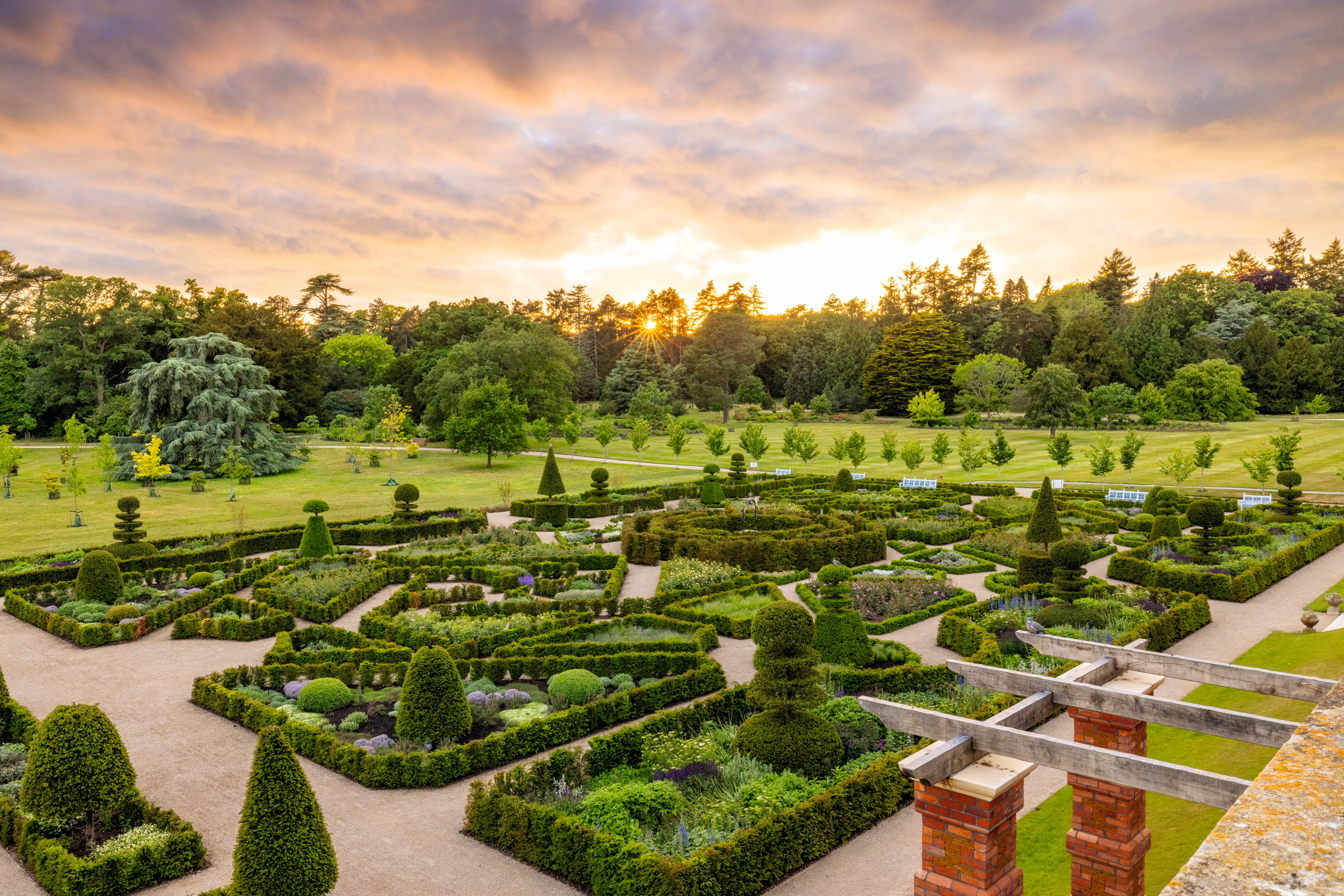
The Topiary Garden, with the Moorish-inspired Maze at its centre. Created in 2023, it showcases the finest topiary work and is filled with symbolism.
The King, then Prince of Wales, took over the running of the 21,000-acre Sandringham estate in 2017, converting its agriculture to organic procedures and adopting the principles of integrated agroforestry, enhancing soil health, improving biodiversity, sequestering carbon and providing shelter from extreme weather. He realised many years ago that the gardens would need restoration, renewal and replanting, but it wasn’t until towards the end of 2022 — when the groundwork was in place — that he was finally able to turn his attention to these 60 acres of rich, free-draining, sandy soil.
We are fortunate to have a monarch who is passionate about good design, plants, conservation and public access; he has memorably shown us how to combine these interests at Highgrove, Gloucestershire. Yet Highgrove is a personal creation, a place where The King has learnt and practised his ideas about gardens and gardening since 1980. Sandringham is quite different. The site was acquired for the future Edward VII in 1862 and the estate was developed over the next 40 years. It reflects a time when the British Empire was at its most extensive and wealthy. Sandringham House, once considered ‘the most comfortable in England’, is too large for today’s Royal Family and its principal value lies in its historic importance and its potential for public benefit. It offers much for visitors to learn, admire and enjoy.

The garden recalls the topiary yews planted by Edward VII’s consort Queen Alexandra in the Dairy Cottage garden.
On the western side of the house, the land drops down towards the upper lake, bordered on one side by a fine rock garden constructed of Pulhamite stone, which The King has had restored, extended and replanted. It draws in visitors to explore its stonework, rare alpine plants and views across the lake. However, The King also knew that there had once been elaborate formal parterres just below the western terrace, the removal of which had left the architecture of the house without a proper grounding — there was nothing but grass (duly Dug for Victory in the Second World War) to connect its impressive façade to the ornamental trees on the far side. The King decided to rebuild those formal gardens in the modern idiom, giving rise to the Topiary Garden (in 2023), the Maze (2024) and the Sundial Garden (2025). The scale, the speed and the importance of what he has already achieved cannot be overemphasised.
The Topiary Garden was inspired by one of The King’s earliest boyhood memories — the magnificent topiary yews that Queen Alexandra planted in the ornamental garden of Sandringham’s Dairy Cottage. The maze also has a personal origin, as His Majesty assured our columnist Alan Titchmarsh when he remarked that ‘there’s nothing more enjoyable than getting lost in a maze’. In fact, the new one is not too lost-making, but is placed so that anxious parents can sit on a bank above it and guide their charges to the centre — and out again.
The King asked Khaled Azzam and Delfina Bottesini of The King’s Foundation for help with the design of the Topiary Garden and the Maze and the resultant geometrical shapes are heavy with symbolism. These are extended and developed in the maze, which draws on an unexecuted drawing said to have been intended for the Alhambra, Spain, in Moorish days. Both gardens explore the geometric and philosophical connection between the circle and the square, representing Heaven and Earth and Man’s journey between them. They also incorporate references to The King’s Coronation and to his desire to be a Defender of Faiths. The design of the Topiary Garden was partly inspired by the intricacies of Henry III’s Cosmati pavement in Westminster Abbey, perhaps most clearly seen in the mosaic at its centre, which was designed by the late Maggy Howarth’s studio and elegantly assembled by Elizabeth Clough.
Exquisite houses, the beauty of Nature, and how to get the most from your life, straight to your inbox.
The Topiary Garden is also planted with more than 5,000 perennial plants — the work of Catherine MacDonald, the principal landscape designer at Landform Consultants. Chosen to illustrate the importance of biodiversity, they are also very beautiful. Pollinating insects — and visitors — revel in the choice of plants, as songbirds nest in the tall yew hedging. There are roses, too, including some of David Austin’s best modern hybrids, such as ‘Tottering-By-Gently’ and ‘Gabriel Oak’, selected for their strong scent.
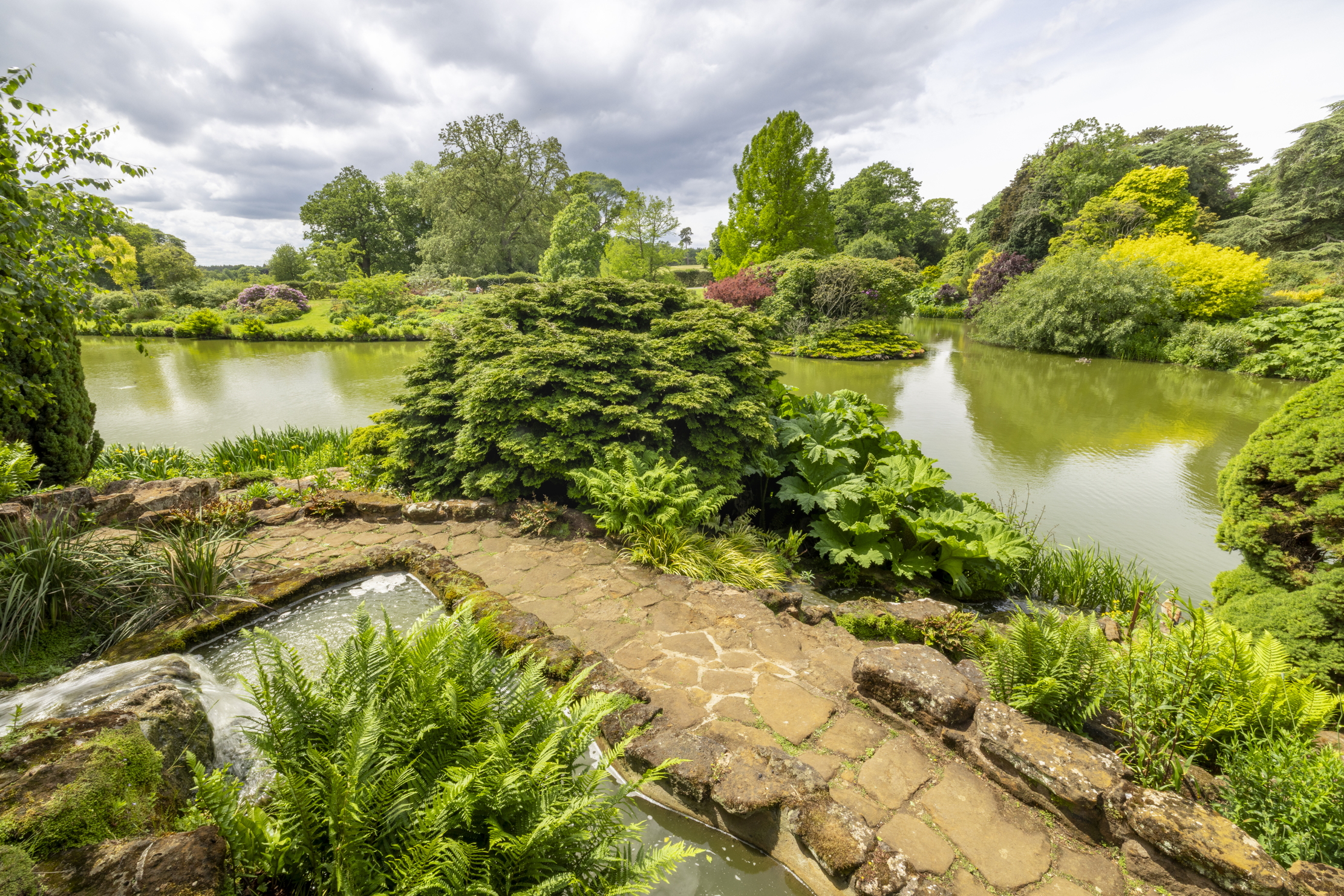
The upper lake, with newly restored rock work. The upper and lower lakes, as well as the cascades, cliffs and rock gardens, were by James Pulham, the creator of the artificial stone Pulhamite, who was commissioned by the Prince of Wales in 1868.
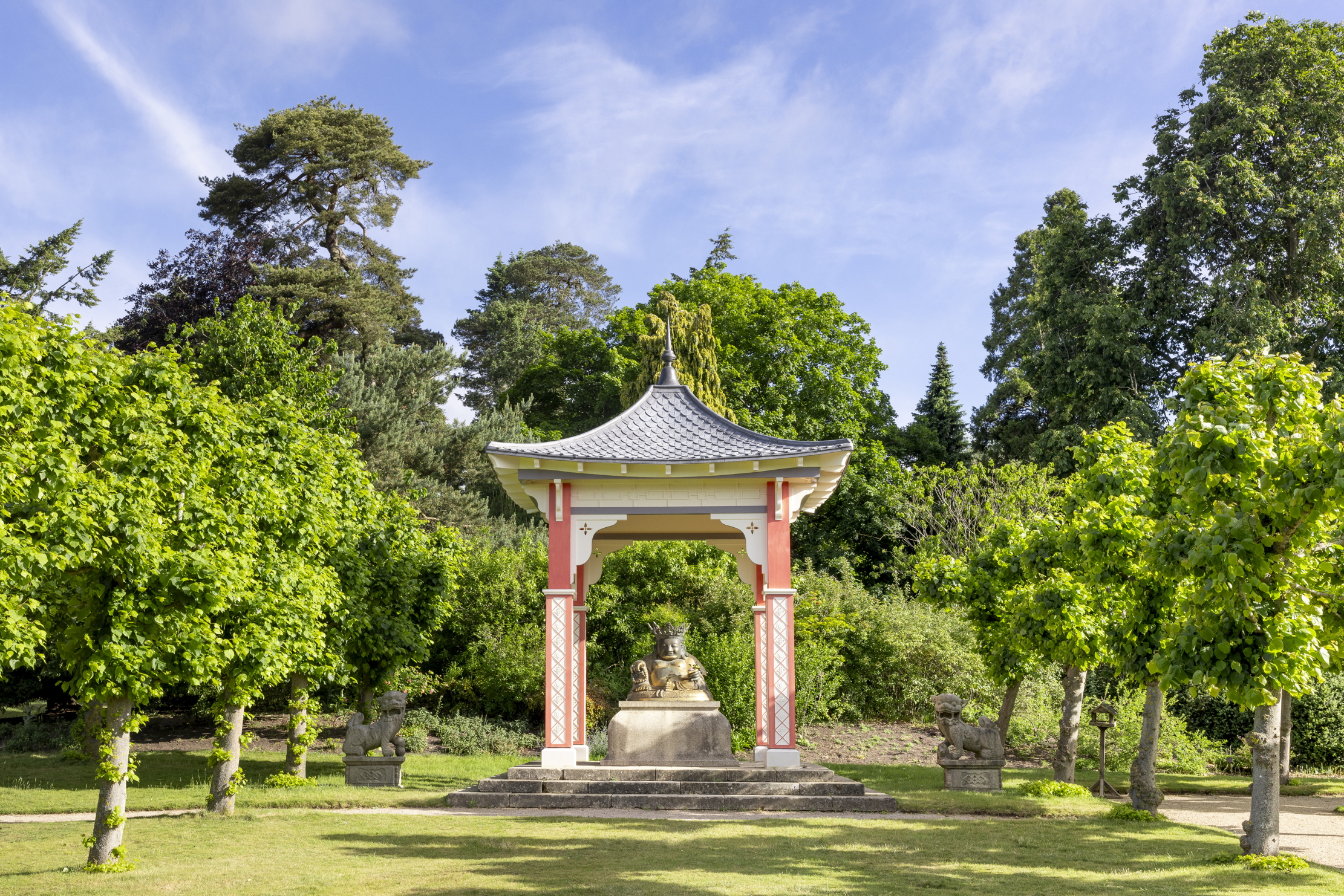
The Laughing Buddha, given by Admiral Sir Henry Keppel to his friend the Prince of Wales, later Edward VII, as a house-warming present. The new pavilion over it, designed by The King’s Foundation School of Traditional Arts, replaces the original, which was removed in the 1960s.
These new formal gardens near the house look as if they have been in place for many years, but the first excavator bucket went into the future site on January 24, 2023, and the whole Topiary Garden was finished by the end of September. Taxus baccata ‘Repandens’ was used in place of the box plants that would typically have been planted in the past.
Box is vulnerable to disease and insect damage, but this distinctive, slightly glaucous, dwarf-growing cultivar of yew is a stand-out winner in the RHS’s informal trials of substitutes for box. Some splendid new topiaries are already emerging and much of the woodwork, including the garden seats, are painted in contrasting shades of blue; throughout the garden, His Majesty has shown a remarkable eye for matters of detail. He also turns to local craftsmen and suppliers whenever possible — much of the hard landscaping associated with the new formal gardens was carried out by local contractors.
In the wider garden, The King has been personally involved in the extensive new plantings of ornamental trees, choosing his favourites, then going around with the head gardener to decide where each should be planted for best effect. The Acer Glade is a case in point. It occupies the middle distance between the new formal gardens and the long-established trees further away from the house. More than 100 new trees have been planted here. Many are forms of Acer palmatum — reliable small trees with many different shapes and colours throughout the year — protected by larger species that have good autumn leaf colour, including forms of A. x freemanii and A. cappadocicum. Around the edge are other colourful trees, such as the American hickory Carya ovata, the leaves of which turn beautifully yellow in October, and ever-popular Robinia pseudoacacia ‘Frisia’, placed to show up well against a mature purple beech. Here and throughout the garden, drifts of daffodils brighten the turf in spring; ‘Thalia’, ‘February Gold’ and ‘King Charles’ are favourites.

The pebble mosaic in the Topiary Garden, inspired by the Cosmati Pavement in Westminster Abbey, was created by the late Maggy Howarth’s studio.
As an expression of The King’s wish to share His garden with the public — particularly to let people enjoy the moments of calm that Nature and a good garden provide — he is encouraging visitors to explore the out-lying areas. To this end, he has created two new features. The new Magnolia Walk is 400 yards long and planted with hundreds of different cultivars, including many of his personal favourites, which, when they open their buds in spring, will be quite magnificent. The display begins with March-flowering Magnolia campbellii, dark-pink M. ‘Felix Jury’ from New Zealand and our own magnolia breeder Maurice Foster’s M. ‘Premier Cru’, followed by forms of the Chinese species M. sprengeri. The magnolias are inter-planted with oaks and maples for year-round interest. Quercus dentata ‘Carl Ferris Miller’ is a favourite oak — a sturdy upright grower with very large deciduous leaves that turn yellow and red in autumn.
Beyond the magnolias, across the main driveway, three long island beds have been planted up this autumn as mixed borders to a scheme by Dr MacDonald. When Country Life visited, lorries were delivering shrubs for the newly prepared beds. These are designed for walking through, so that they appear as double borders, and they cover no less than one acre overall.
The standard of cultivation throughout Sandringham is outstanding. Walk down the Broad Walk, where a fine selection of flowering dogwoods — another royal favourite — is lightly interplanted with stewartias and magnolias, such as ‘Galaxy’, and you will find it hard to believe that all was planted earlier this year. Much credit, therefore, is due to the immensely competent young head gardener Jack Lindfield, who arrived in 2022 and heads a team of 15 full-time gardeners. Their work is not only confined to the 60 walled acres, it extends also to the nursery, the holiday cottages, the visitor centre and the new arboretum — totalling another 50 acres.
As in so many aspects of his life, The King is working not for himself or for his family, but for long-term public benefit. Watching these gardens develop and seeing how the trees in the parkland grow in girth and stature will be a pleasure in which we can all share.
The gardens at Sandringham, Norfolk, are usually open to the public from April to October
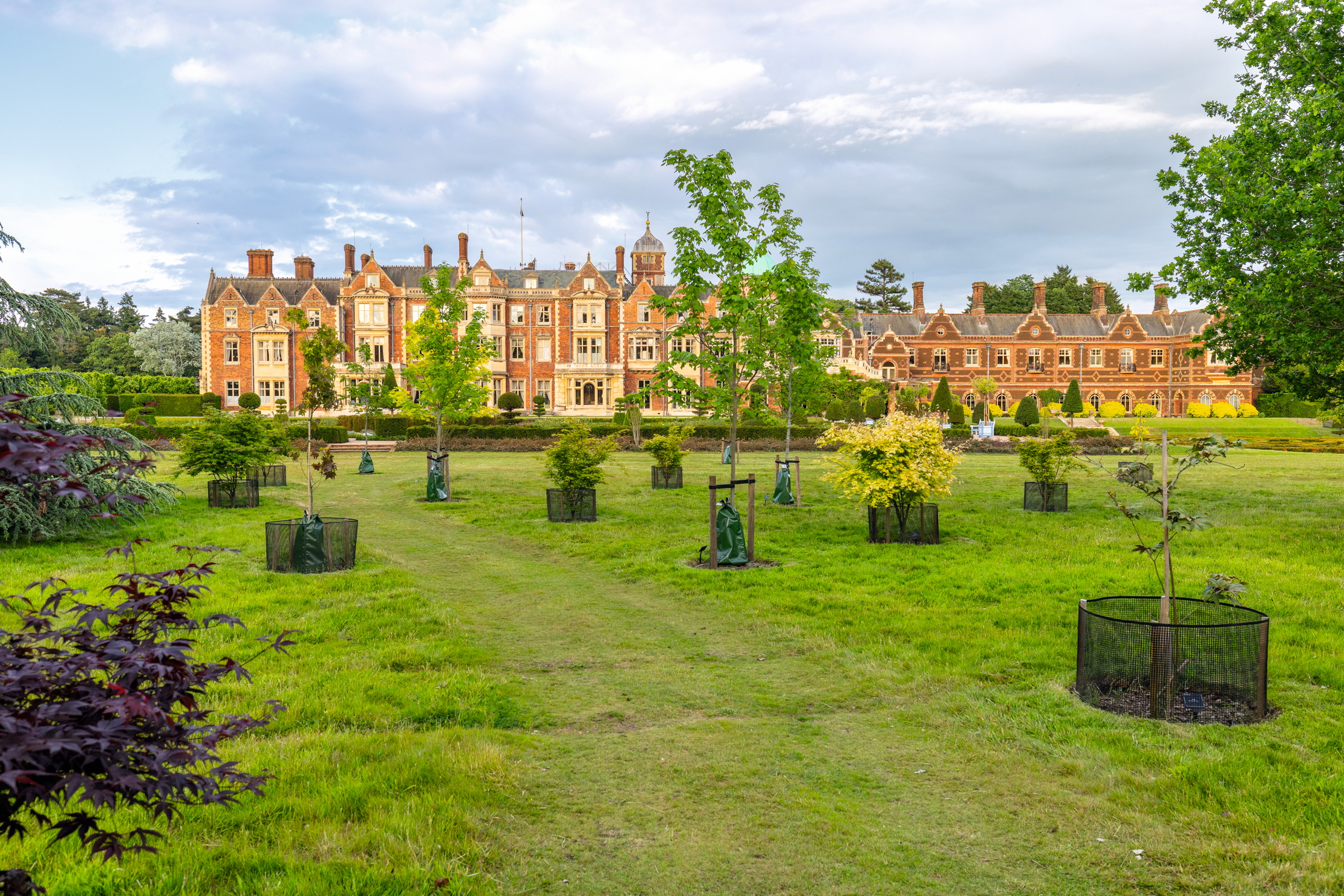
New ornamental trees in the parkland. Trees are a particular interest of The King’s. He walked around with head gardener Jack Lindfield in order to decide exactly where each new sapling should be placed to show it to best effect. Drifts of Narcissus ‘Thalia’, N. ‘February Gold’ and N. ‘King Charles’ will appear in spring.
Charles Quest-Ritson is a historian and writer about plants and gardens. His books include The English Garden: A Social History; Gardens of Europe; and Ninfa: The Most Romantic Garden in the World. He is a great enthusiast for roses — he wrote the RHS Encyclopedia of Roses jointly with his wife Brigid and spent five years writing his definitive Climbing Roses of the World (descriptions of 1,6oo varieties!). Food is another passion: he was the first Englishman to qualify as an olive oil taster in accordance with EU norms. He has lectured in five languages and in all six continents except Antarctica, where he missed his chance when his son-in-law was Governor of the Falkland Islands.
-
 A vineyard for sale on the slopes above 'the best beach in Britain' is for sale at just £650,000
A vineyard for sale on the slopes above 'the best beach in Britain' is for sale at just £650,000In the beautifully unspoilt Devon village of Bantham, an award-winning vineyard is for sale. Toby Keel takes a look.
-
 The sun will come out for the Country Life Quiz of the Day, November 14, 2025
The sun will come out for the Country Life Quiz of the Day, November 14, 2025Try your luck at today's quiz.
-
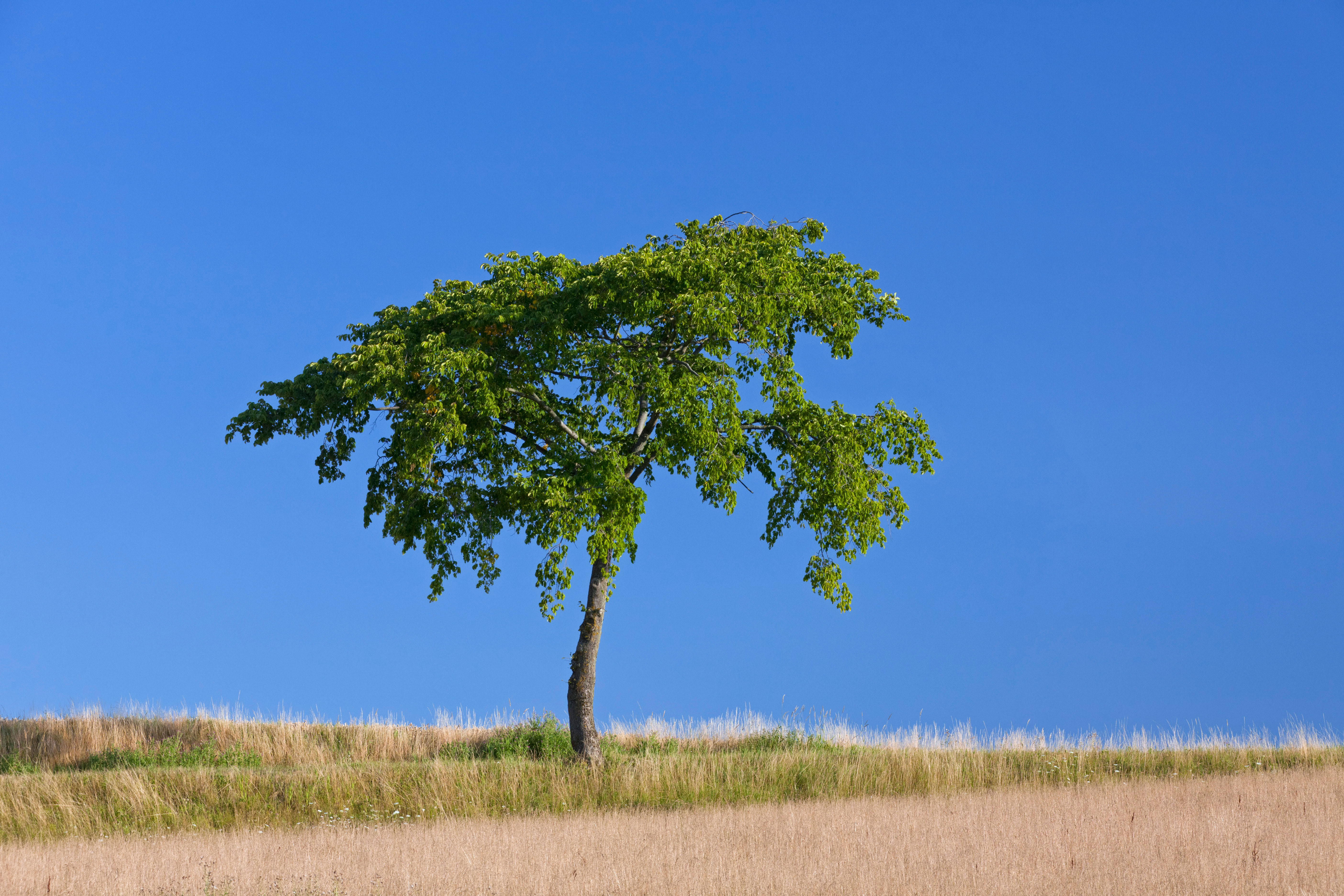 The trees that are as fine to eat as they are to look at
The trees that are as fine to eat as they are to look atMark Diacono doesn't grow many trees for the sake of the bounty they provide — but these are the notable exceptions.
-
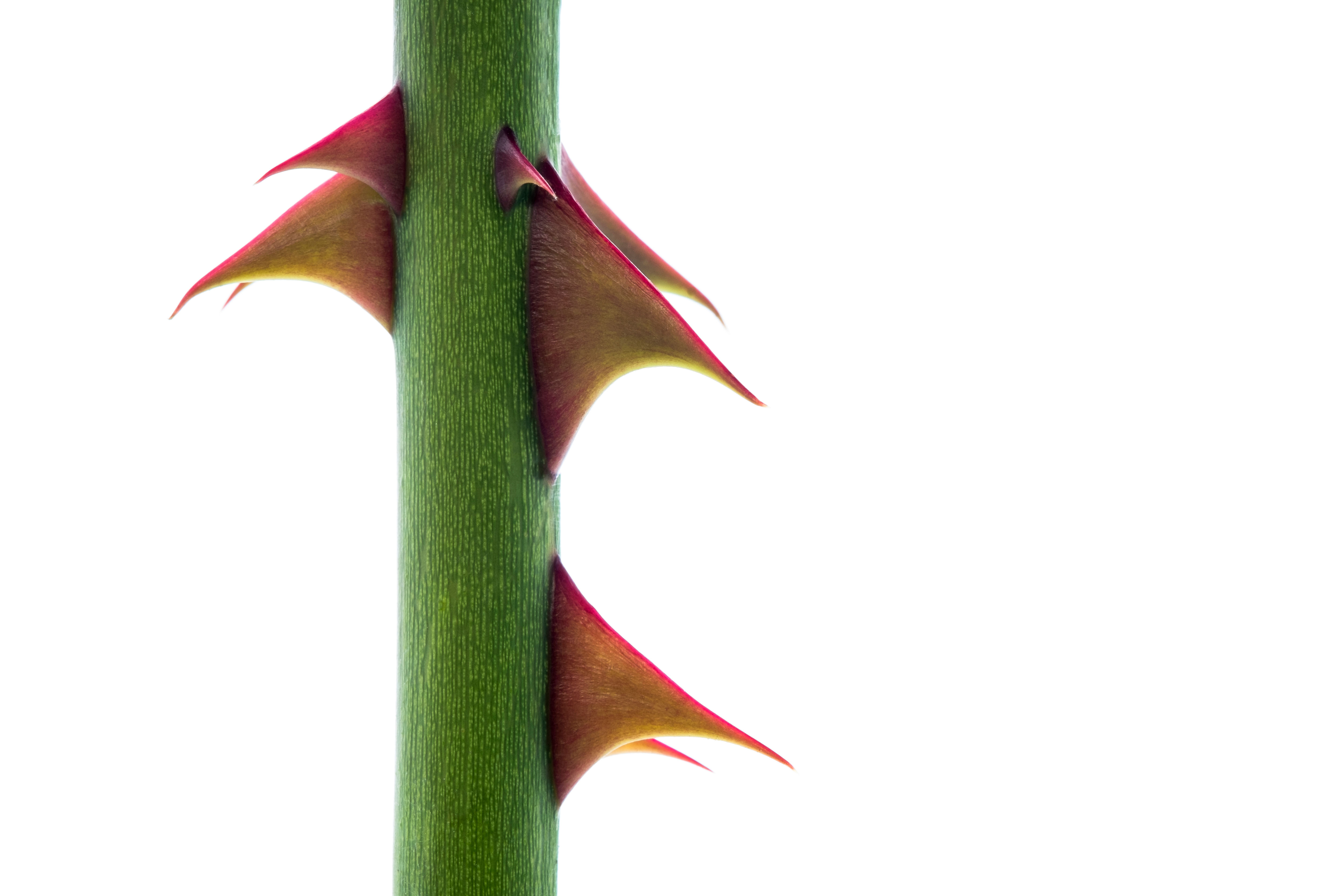 Bothered by brambles and snagged by sow thistles, but what is the point of all this thorny microaggression?
Bothered by brambles and snagged by sow thistles, but what is the point of all this thorny microaggression?Nature’s spiky deterrents — thorns, spines and prickles — may be quick to catch us out, but they can also prove to be a useful ally.
-
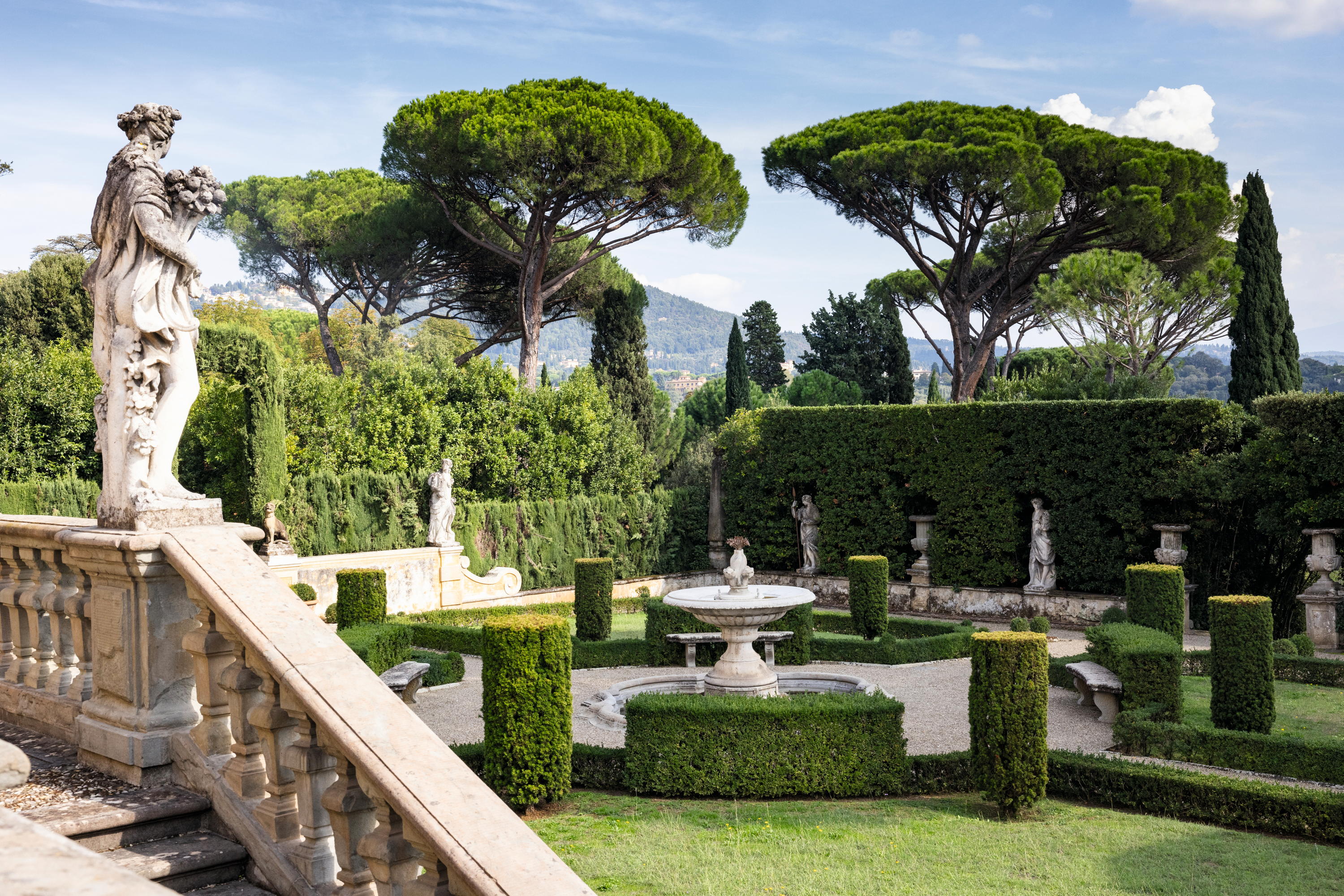 The Tuscan gardens where the English and Italian traditions come together, and Yorkshire rhubarb grows happily beside spectacular citrus
The Tuscan gardens where the English and Italian traditions come together, and Yorkshire rhubarb grows happily beside spectacular citrusNick Dakin-Elliot, who gardens in Tuscany, is still moved by the Italian hilltop gardens that command some of the most beautiful views in the world.
-
 'My family wore wool at a time when everyone else had cast it off in favour of manmade fabrics': The knitwear pioneer who is one of David Beckham's countryside champions
'My family wore wool at a time when everyone else had cast it off in favour of manmade fabrics': The knitwear pioneer who is one of David Beckham's countryside championsJulie Harding speaks to Rachel Carvell-Spedding the founder of British knitwear brand Navygrey, and one of David Beckham's countryside champions.
-
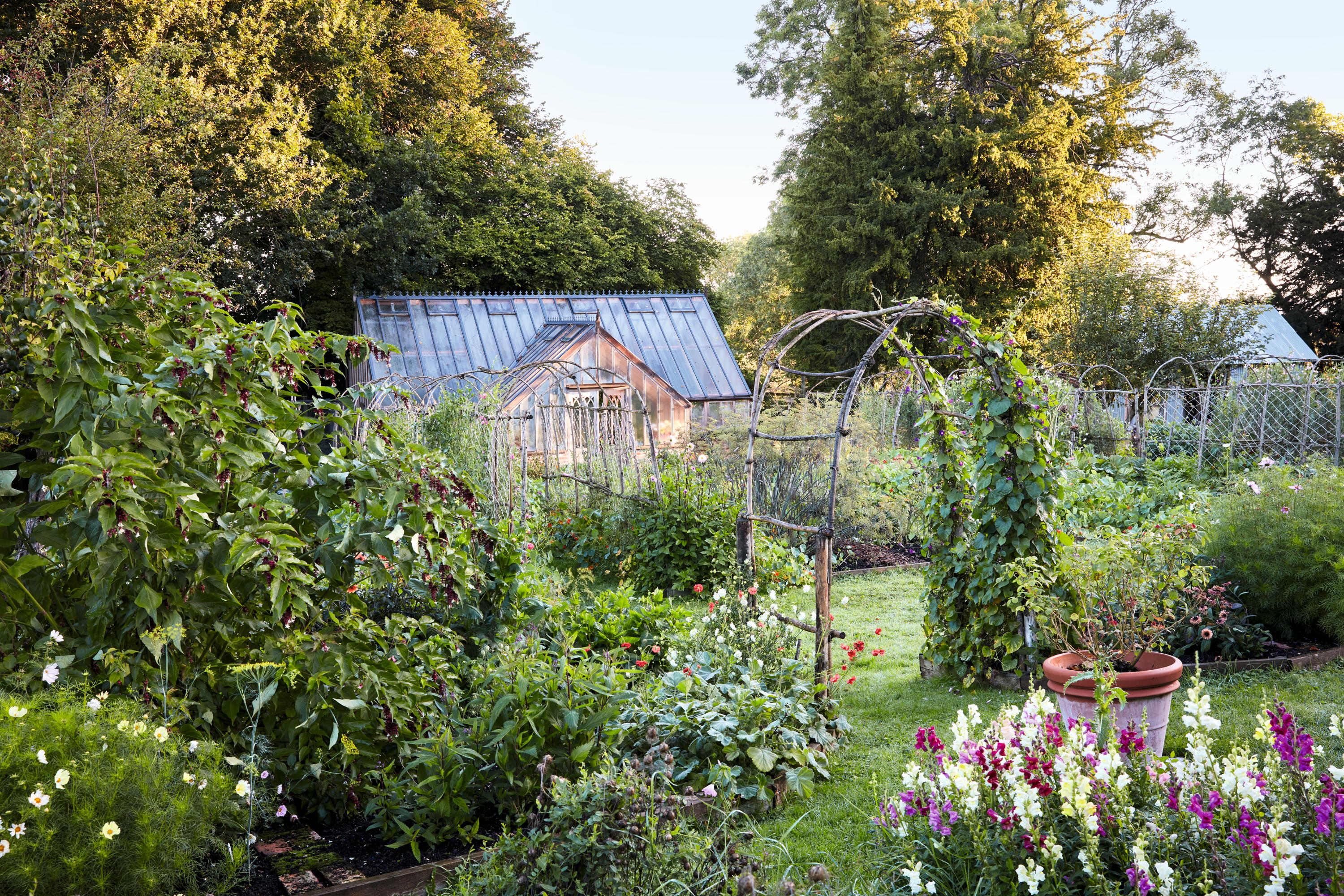 James Alexander-Sinclair: Making a new garden for someone is 'thrilling', but we need more sensitive and skilled gardeners to look after them
James Alexander-Sinclair: Making a new garden for someone is 'thrilling', but we need more sensitive and skilled gardeners to look after themPay your gardeners properly, says James Alexander-Sinclair as, without them, you will have no garden.
-
 'Seeing the work that people are doing all around the world has given me hope for the future': The young naturalist who is one of David Beckham's countryside champions
'Seeing the work that people are doing all around the world has given me hope for the future': The young naturalist who is one of David Beckham's countryside championsJulie Harding speaks to Ramandeep Nijjar, a young naturalist who has made an impact on the world even before finishing university, and one of David Beckham's countryside champions.
-
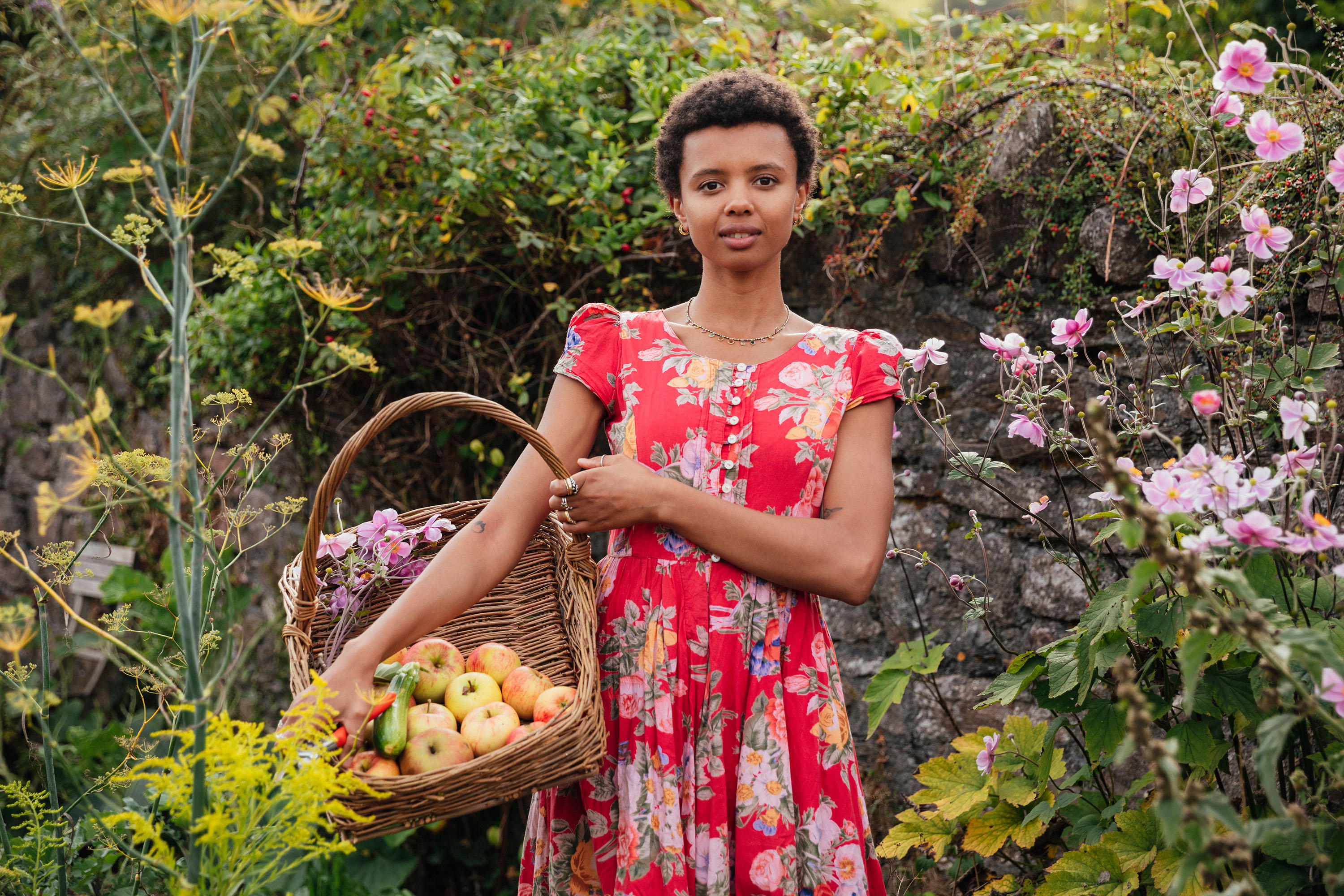 Poppy Okotcha, the model turned gardener who is one of David Beckham's countryside champions
Poppy Okotcha, the model turned gardener who is one of David Beckham's countryside championsPoppy Okotcha, the 29-year-old ecological community grower, garden content creator, author — and also one of David Beckham's countryside champions — speaks to Julie Harding.
-
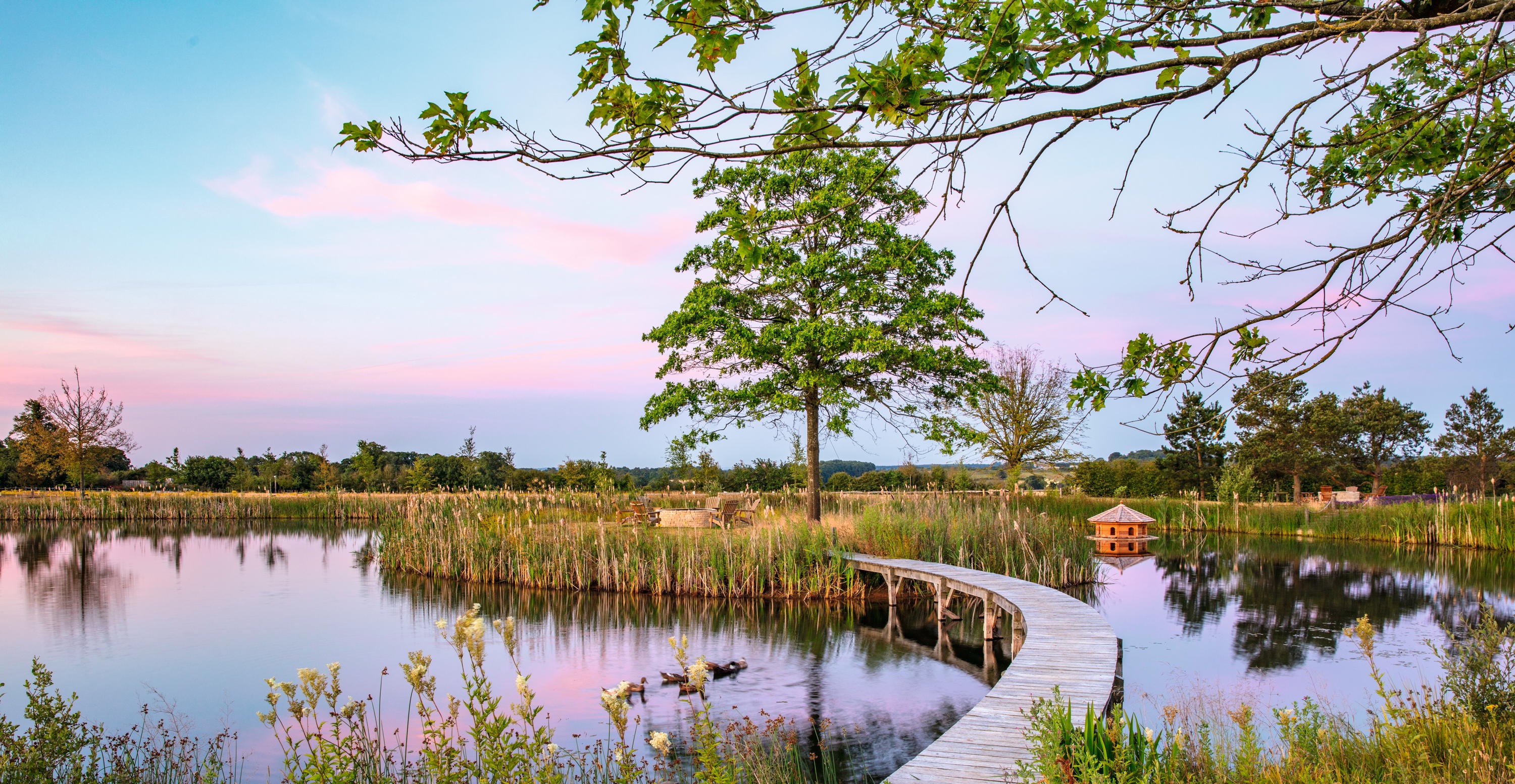 'I bought it without telling Victoria. She didn’t want another project... I sat her down, gave her a vodka and tonic and told her what I’d done': David Beckham tells Alan Titchmarsh about his Cotswolds home and garden
'I bought it without telling Victoria. She didn’t want another project... I sat her down, gave her a vodka and tonic and told her what I’d done': David Beckham tells Alan Titchmarsh about his Cotswolds home and gardenOn an open and windswept tract of land in Oxfordshire, where once stood some derelict barns and a lone maple tree, our guest editor Sir David Beckham has created a haven for his family and his honeybees. Photographs by Clive Nichols and Millie Pilkington.
